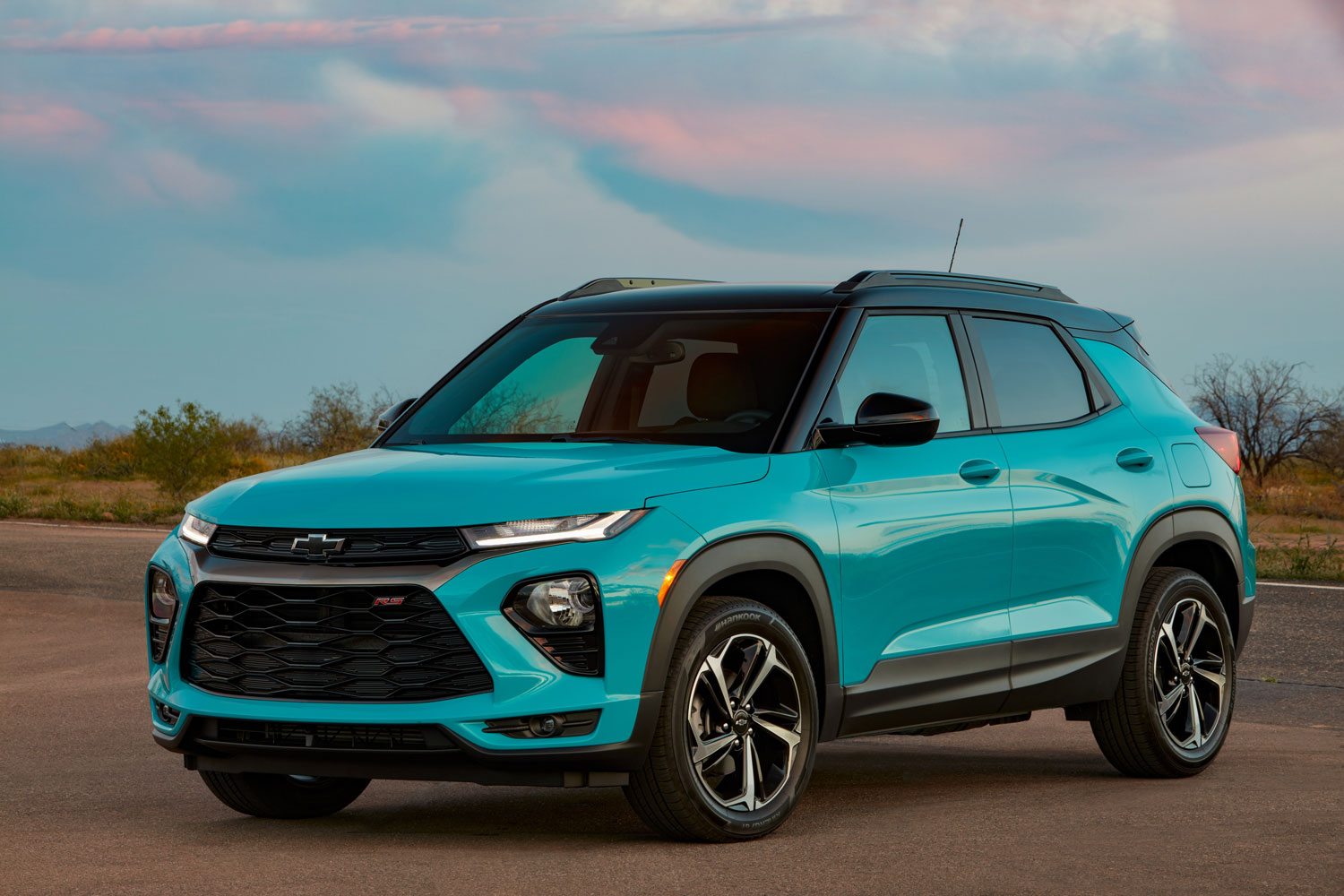How Do I Reset the Tire-pressure Light in a Chevrolet?
A special tool and a dive into the driver information center can help you resolve that pesky light.
 Chevrolet
Chevrolet
Every new car comes with a system that monitors a vehicle's tire pressure, appropriately called the tire-pressure monitoring system (TPMS). It warns the driver of a flat or inadequately inflated tire via a light and/or message on the dashboard. Your tires could lose air pressure for several reasons, including wheel damage, a puncture, or a change in the ambient temperature.
Once you’ve identified and solved the problem (likely by adding air to the tire or replacing it), the TPMS light may turn off on its own in short order. If that doesn’t happen and you’re confident you’ve addressed the issue, you’ll need to manually reset the TPMS. For Chevrolet models like the 2022 Chevrolet Trailblazer, this process requires a tool from General Motors that can interact with the tire sensor in each wheel. You can find it
Resetting the TPMS Light in a Chevrolet
Place the vehicle in service mode by holding the start/stop button for five seconds without pressing the brake pedal. On vehicles without a push-button ignition, turn the key to the “on” position without starting the engine.
Access the Tire Pressure page in the driver information center (i.e., the screen located in the gauge cluster) by tapping through the various menu pages with the steering-wheel arrow controls. (If you can’t find the Tire Pressure page, you may need to enable it via the Options menu.) If your vehicle doesn’t have these steering-wheel buttons, repeatedly press the trip-odometer-reset stalk until the gauge screen reads “relearn tire positions.”
Once there, press and hold the trip-reset stalk or the steering-wheel thumbwheel or checkmark. You should hear the horn chirp twice and see a “tire learning active” message in the information center.
Exit the vehicle and grab your TPMS relearn tool. Starting with the front driver's-side tire, place the tip of the TPMS relearn tool against the tire sidewall near the wheel’s valve stem. Press the button on the tool to activate the sensor. You should hear the horn sound, indicating that the system has identified and matched this sensor with this tire and wheel position.
Repeat this process for the remaining tires in this order: front passenger’s side, rear passenger’s side, and rear driver’s side.
Upon finishing the process with the rear driver’s-side tire, the horn will chirp twice, indicating that the TPMS sensor-matching process is complete. The “tire learning active” message should disappear.
Turn off the vehicle.
If the tire pressure is still low, fill the tires to the recommended pressures listed on the driver’s-side door jamb and start the car. That TPMS light and/or message should be gone.



